Hello, fellow container home enthusiasts! I’m Emily Owens, and for the past four years, I’ve been on an exciting journey in the world of container homes. From the ups and downs, the laughter and tears, I’ve learned a thing or two about turning these steel giants into cozy abodes. Today, I’m here to share some of my hard-earned wisdom with you on overcoming challenges in DIY container home projects.
Container homes are not only a sustainable housing solution but also a creative outlet for those who dream of unconventional living spaces. However, let’s be real for a moment – they aren’t without their quirks and hiccups. But fear not, my friends, because with a dash of humor and a whole lot of determination, you can tackle these challenges head-on.
Permit Predicaments
Ah, the bureaucratic maze of building permits! Whether you’re converting a single container or crafting a container mansion, you’ll need the right permits from your local authorities. The challenge here is that every location has its unique set of regulations.
Emily’s Tip: Start by researching your local building codes and zoning regulations. Consult with a professional architect or builder who specializes in container homes to help you navigate the permit process smoothly. Remember, patience is your best friend in this endeavor!
Insulation Invasion
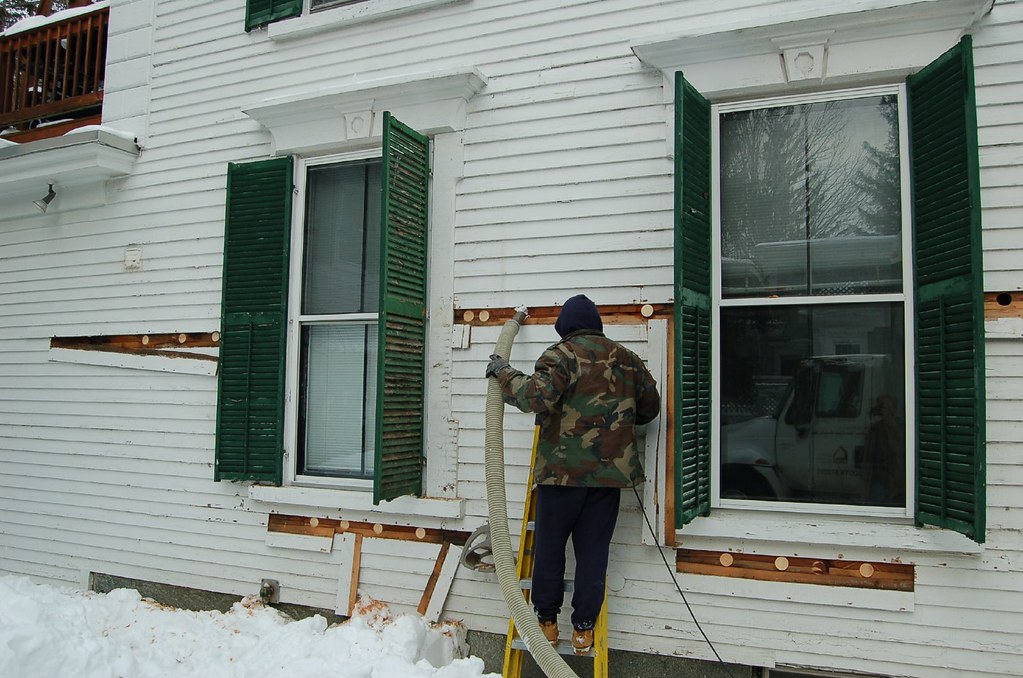
Containers are excellent at withstanding harsh weather, but they’re not exactly built for comfort. One of the most critical challenges is insulation. Without proper insulation, your container home can become an oven in the summer and a freezer in the winter.
Emily’s Tip: Consider closed-cell spray foam insulation for the walls and roof. It’s effective and space-efficient, making it ideal for container homes. Don’t skimp on insulation; it’s your ticket to a comfortable living environment.
Cutting and Welding Conundrums
Unless you’re hiring a team of professionals, you’ll likely need to do some cutting and welding yourself. This can be intimidating if you’re not a certified welder or a metalwork expert.
Emily’s Tip: Safety first! Invest in quality safety gear, take welding classes if needed, and practice your cuts and welds on scrap metal before working on your container. Mistakes can be costly, both in time and money.
Structural Support Stress
Containers are strong, but once you start cutting out sections for windows and doors, you weaken their structural integrity. You’ll need to add reinforcement, which can be a daunting task.
Emily’s Tip: Consult with a structural engineer to develop a plan for reinforcements. Properly placed steel beams and columns can ensure your container home remains safe and sturdy.
Plumbing Puzzle
Getting water in and waste out can be trickier than you might think. Plumbing systems in container homes require careful planning and execution.
Emily’s Tip: Consider using PEX or flexible plumbing lines. They’re easier to work with in tight spaces and can withstand the movement that might occur in a container home. Also, hire a licensed plumber to ensure everything is up to code.
Electrical Endeavors
Wiring a container home isn’t like plugging in a lamp. Ensuring your electrical system is safe and up to code is crucial.
Emily’s Tip: Just like with plumbing, bring in a licensed electrician to handle your electrical needs. It’s a matter of safety, and you don’t want to risk fire hazards or electrical malfunctions.
Window Woes

Cutting out openings for windows and doors can be a make-or-break moment in your container home project. Get it wrong, and you’ll be left with costly repairs.
Emily’s Tip: Measure twice, cut once! And when it comes to windows, invest in high-quality, energy-efficient options. They’ll pay off in the long run by saving you on heating and cooling costs.
Roofing Riddles
The roof of a container home isn’t like a traditional house. It’s flat, which can lead to water pooling and leaks if not properly addressed.
Emily’s Tip: Design your roof with a slight slope to allow rainwater to drain. Install a durable roofing membrane to prevent leaks. And, of course, conduct regular roof inspections to catch and fix any issues early.
Interior Design Dilemmas
Transforming the industrial look of a container into a warm and inviting living space can be a creative challenge.
Emily’s Tip: Embrace the uniqueness of container living! Consider using natural materials like wood and plenty of bright colors to create a cozy atmosphere. Get inspiration from interior design magazines and online forums to help you find your style.
Budget Busters
Ah, yes, the budget – that thing we all wish was unlimited. It’s easy for costs to spiral out of control when tackling a DIY container home project.
Emily’s Tip: Create a detailed budget and stick to it as closely as possible. Be prepared for unexpected expenses by setting aside a contingency fund. And remember, DIY doesn’t always mean cheaper; sometimes, it means more control over your investment.
In conclusion, embarking on a DIY container home project is an adventure filled with challenges and rewards. It’s not for the faint of heart, but with determination, careful planning, and a touch of humor, you can overcome these obstacles and create your dream container home. So, put on your DIY hat, grab your toolbox, and let the container adventure begin! Happy building!












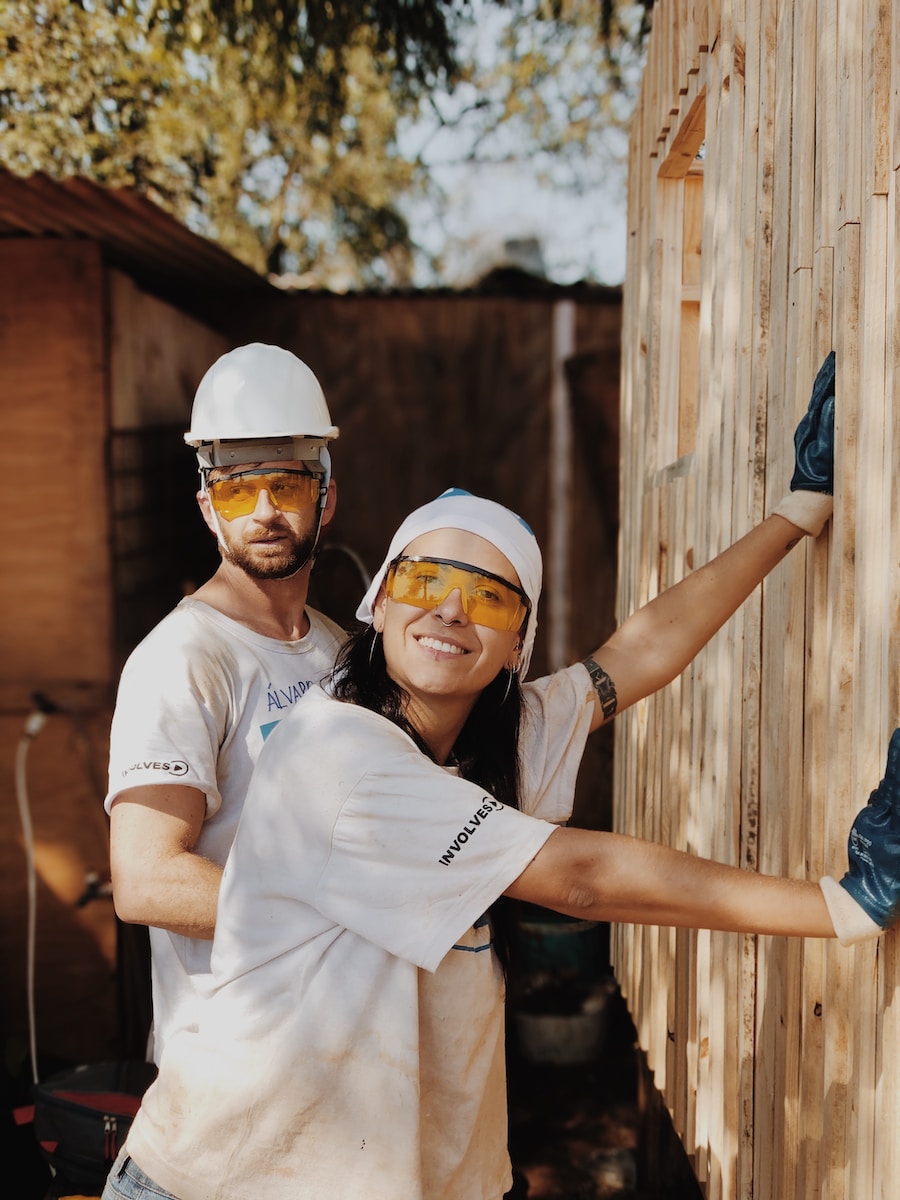





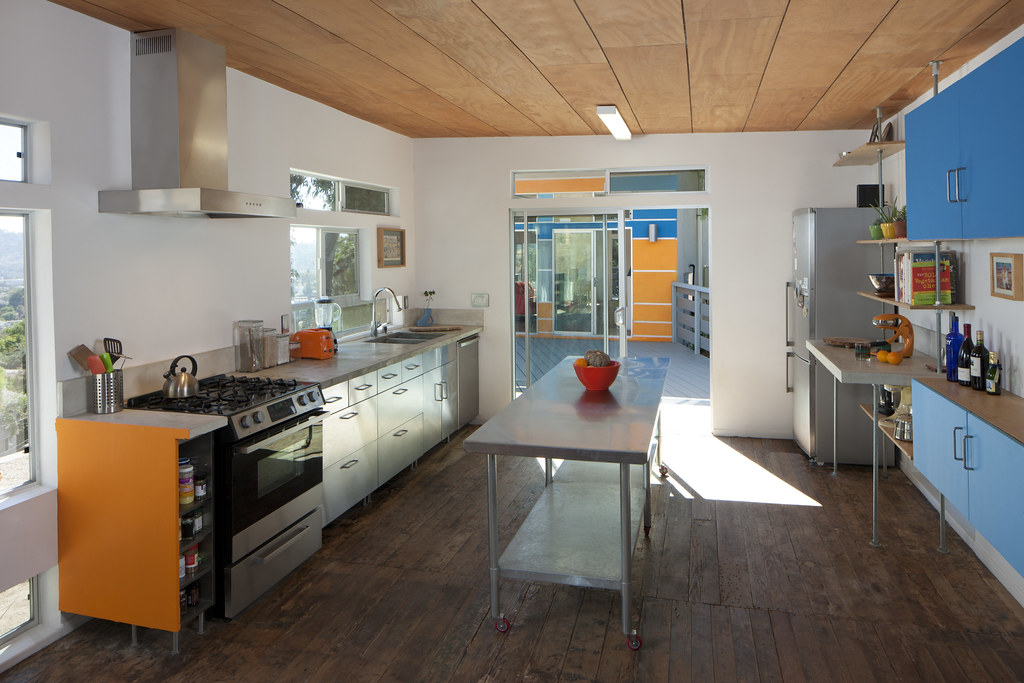
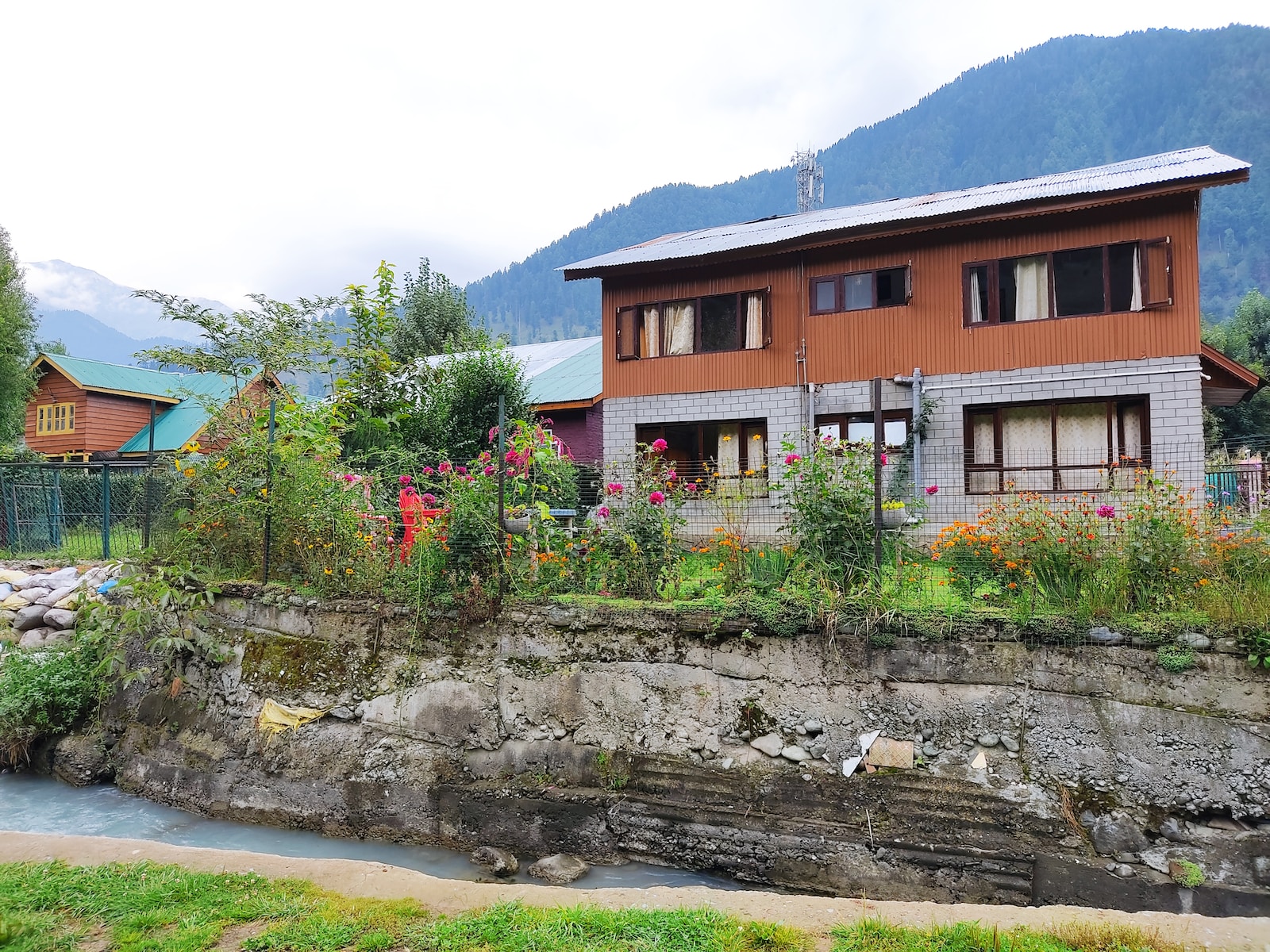
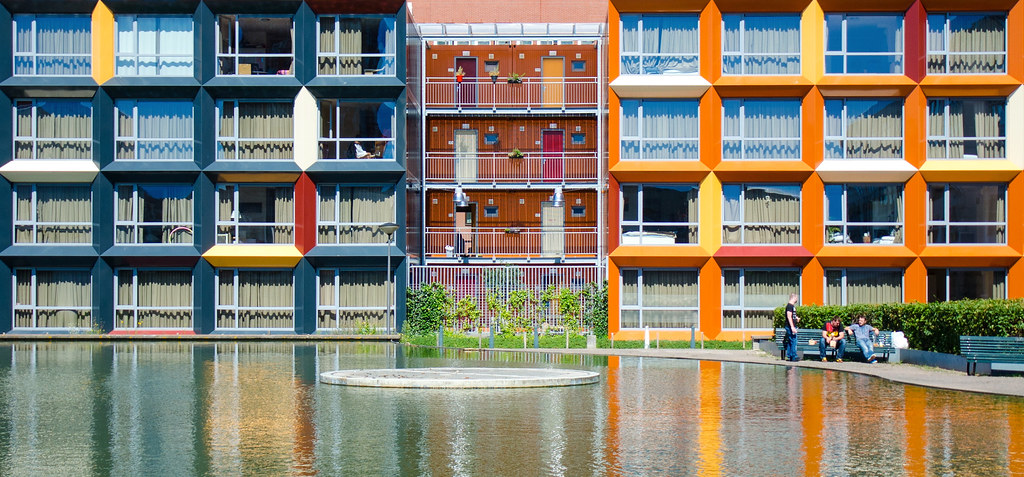
Find Us on Socials